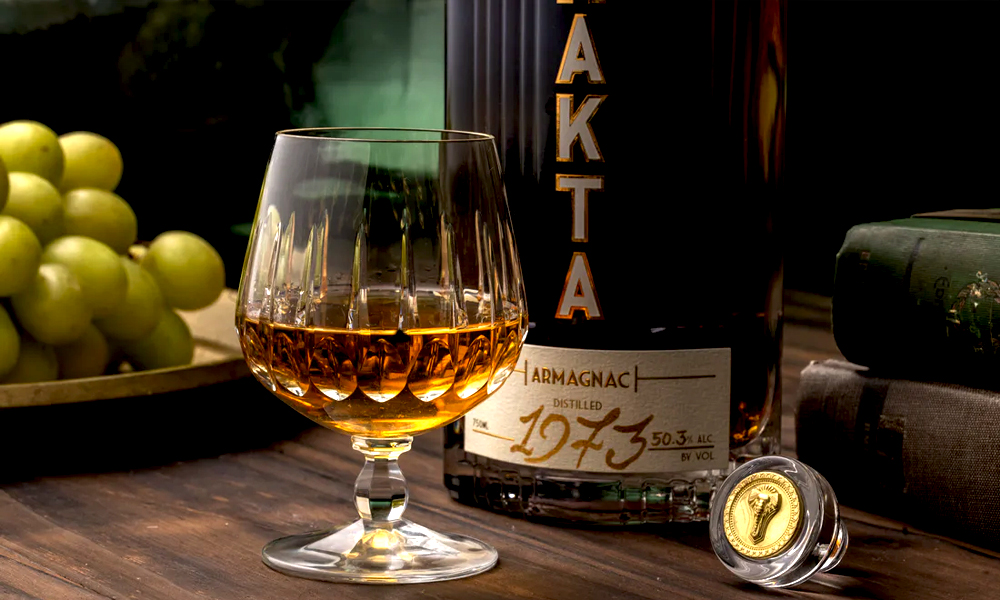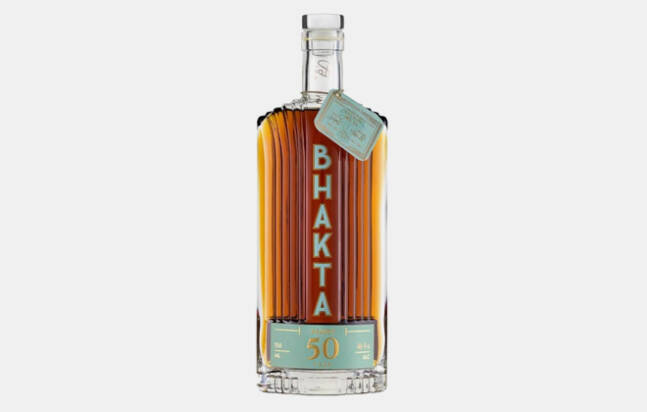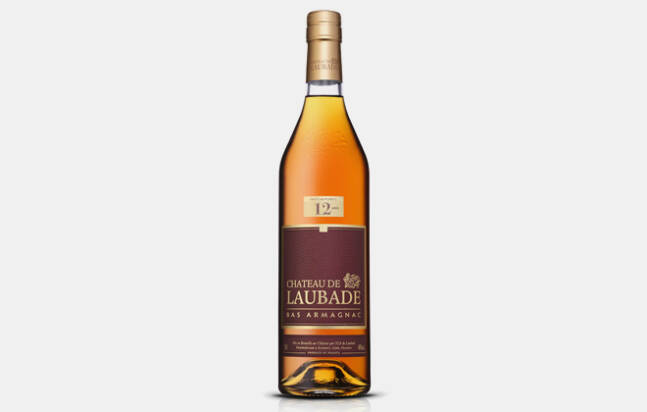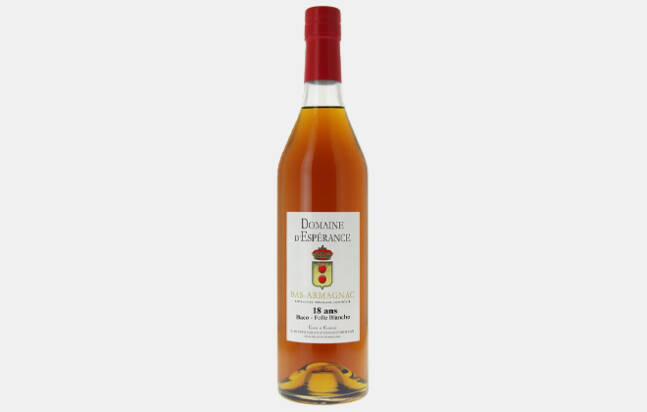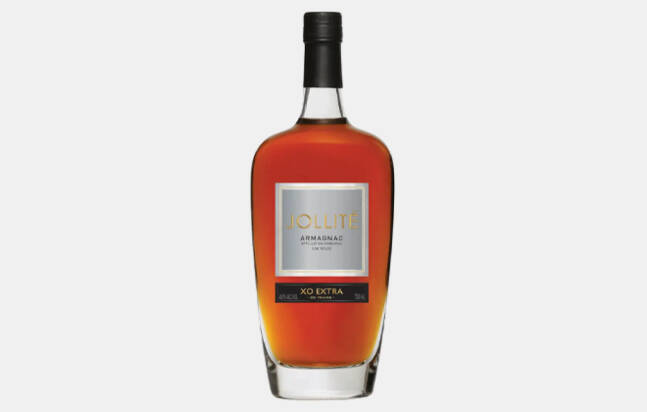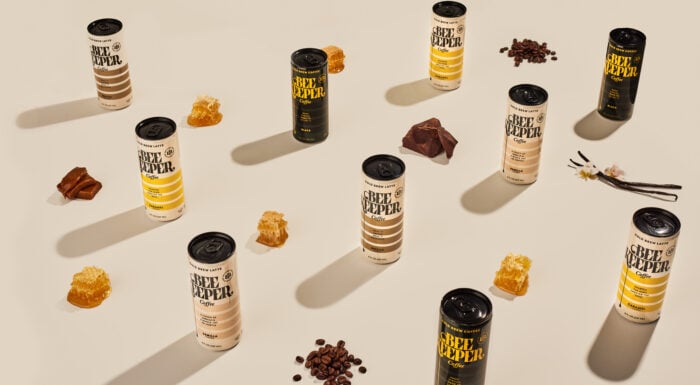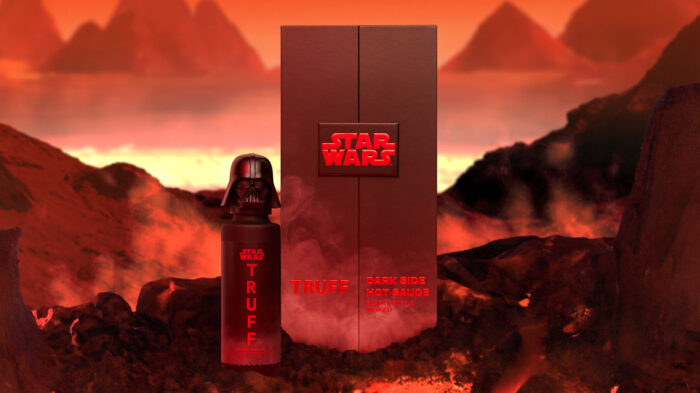There are a lot of types of spirits out there, and no one can be expected to have an encyclopedic knowledge of all of them. While you might have a pretty good grasp on the ins and outs of whisk(e)y, tequila, vodka, rum, and gin, there are numerous others you likely know less about (or literally nothing about) that are just as worthy of your attention. One of those spirits is the French brandy Armagnac.
You might be surprised to hear it, but Armagnac is actually the oldest spirit in France. Armagnac is made from white grapes grown in the Armagnac region in southwest France. It predates Cognac, the more famous French brandy, by 150 years.
“It is an A.O.C. which means Appellation d’Origine Contrôlée, which in turns means that it and producers have to follow extremely strict rules for its production,” says Armagnac expert Amanda Garnham.
Armagnac producers are authorized to use 10 different grape varieties, though the main ones are ugni blanc, baco, folle blanche, and colombard. “Which means that it is an extremely diverse spirit with many different potential flavor profiles,” Garnham says.
The Armagnac growing region is broken up into three specific zones: the Bas Armagnac (known for its sandy and iron rich soils), Armagnac Tenarèze (known for its clay and limestone soils), and Haut Armagnac (known mostly for limestone soil).
Armagnac is distilled on a copper continuous Armagnac alambic stills that were patented in 1818. This is even earlier than the stills used in Scottish and Irish whisk(e)y distilling. Garnham explains that Armagnac is mostly distilled annually from October to the end of the year, though according to the AOC rules, it must be distilled before the end of March of the year following the grape harvest.
Armagnac is categorized in vintages (labeled by the year of the harvest) and blends (like Cognac, these are labeled VS, VSOP, and XO).
How Are Cognac And Armagnac Different?
On the most base level, Cognac and Armagnac are different first and foremost because they come from different designated regions of France (more than 300 miles away from each other, to be exact).
There are various other differences. For one, the soil composition is different in the two regions. It’s sandier in the Armagnac region and denser and limestone-based in the Cognac region.
“As opposed to Armagnac, the Cognac distillation is on a pot still, so it is double distilled and to a higher alcohol degree which refines it more,” says Garnham. “We prefer to say that due to the lower distillation alcohol degrees in Armagnac, we are retaining the character and personality of the eau-de-vie, rather than stripping those essential esters and flavors out.”
Armagnac is also much smaller than Cognac. This is the main reason you might be more well versed in Cognac. While Cognac is made up primarily of four main houses (Hennessy, Martell, Rémy Martin, and Courvoisier) and sells more than 250 million bottles per year around the world, Armagnac is mostly made up of smaller, more artisanal outfits and the lesser-known French spirit only sells about 4 million bottles worldwide per year.
Why Should Drinkers Embrace Armagnac?
Armagnac has a different flavor profile than Cognac. It’s known as a richer, most nuanced style of brandy. This is due to the grapes included and the terroir as well as the lower distillation alcohol degrees and long maturation.
“It’s often referred to as the thinking man’s brandy, which means that it says something about the person who chooses an Armagnac over a Cognac as he or she really knows the differences,” Garnham says. “Someone that enjoys fine wines and spirits, perhaps something of a connoisseur, someone who wants to enjoy an authentic product with traceability and historic roots.”
If you’re looking to give it a try for the first time, or you’re looking to expand the Armagnacs on your bar cart, these five great choices will get your proverbial foot in the rich, complex, flavorful Armagnac door.
The Best Armagnacs To Try
BHAKTA 1973 Vintage
If you’re a whiskey drinker (specifically a rye whiskey drinker), you already know the name Bhakta. Raj Peter Bhakta is well-known for founding WhistlePig. He’s moved on to a new venture called BHAKTA Spirits and this included Armagnac. One of its best expressions is BHAKTA 1973. This 100.6 proof Armagnac is known for its nose of dried fruits, brown sugar, cinnamon, and orchard fruit and a palate of raisins, cinnamon, oak, spices, along with light tannins. This award-winning Armagnac is definitely worth the price tag of $400.
Learn MoreChateau de Laubade Intemporel N5
The name might be a mouthful, but you don’t need to remember its whole name to enjoy this Armagnac from the Bas Armagnac region in Gascony, France. This blend of older Eaux-de-vie is known for its nose of stewed fruits, raisins, candied orange peel, and almond cookies. The flavor continues this positive trend with notes of coffee beans, candied almonds, orange peels, vanilla, and dried fruit. It’s a sweet sipping, award-winner that deserves a place on your home bar cart.
Learn MoreDomaine d’Espérance 18 Year Old
This 86-proof Armagnac is a blend of Baco and Folle Blanche grapes. It was distilled between 52 and 54 percent ABV and aged for at least 20 years (even though it’s labeled as an 18-year-old) in Gascon oak barrels. This blend of grapes and long aging process imparts a nose of orchard fruits, caramel, and orange peels and a palate of sticky toffee, lemon, vanilla cookies, honey, light black pepper, and oaky wood.
Learn MoreChateau de Lacquy 1999 vintage
Released in 2018, this award-winning Armagnac is made using a blend of baco (80 percent), colombard (10 percent), and ugni blanc (10 percent) grapes. Bottled at cask strength, it’s known for its bold, rich, highly complex flavor profile. The nose is a mix of dried fruits, vanilla, and toffee. Taking a sip reveals a warming, sweet Armagnac with flavors like chocolate fudge, vanilla, cinnamon, caramel, and gentle spices.
Learn MoreJollite Armagnac XO Extra
A Silver Medal winner at the San Francisco Spirits Competition, this XO Extra was matured in oak barrels for a minimum of 25 years. The result is a balanced, memorable Armagnac with a nose of candied fruits, orange peels, vanilla, and oak. The palate is driven by buttery caramel, vanilla beans, raisins, and light spices.
Learn More
